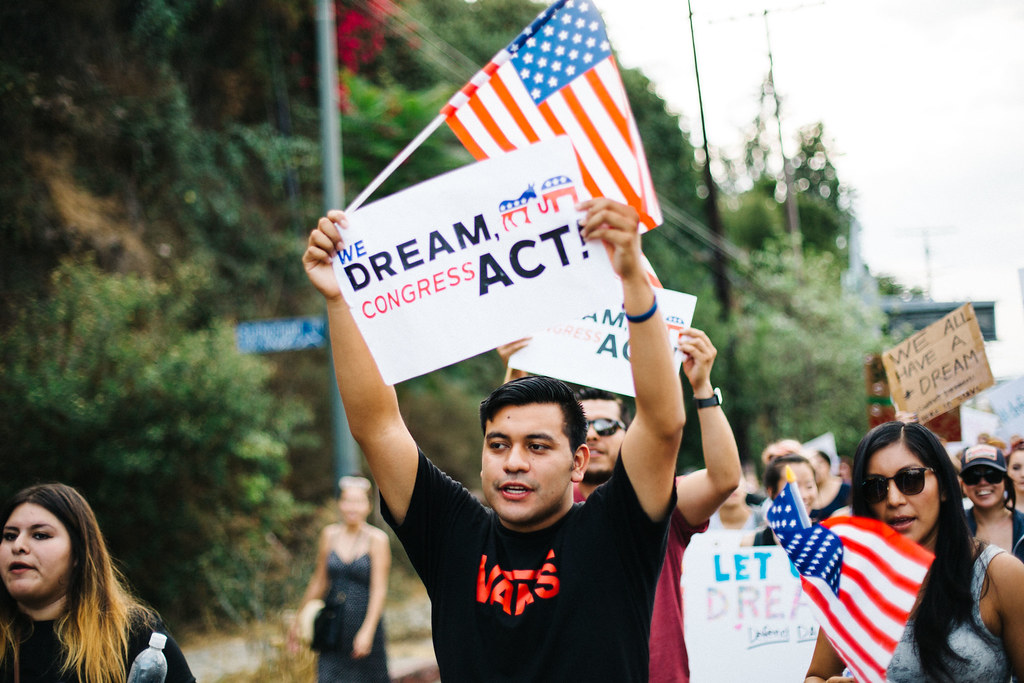Enablement Bar for Drug Patents | Jenner & Block
On May 18, 2023, the Supreme Court affirmed the Federal Circuit’s (CAFC) decision on enablement in Amgen Inc. v. Sanofi, 987 F.3d 1080 (CA Fed. 2021). The Court thus left in place a significant CAFC decision making it more difficult for drug companies to block competitive products in the United States that are functionally equivalent, but structurally different.
Background of the Patent and Lower Court Proceedings
The case involved Amgen’s patents on monoclonal antibodies that block a protein that leads to high cholesterol levels. It was undisputed in the case that there are a “vast” number of possible antibodies that would fall within the scope of Amgen’s claims. However, Amgen’s patent only disclosed 26 examples of antibodies that met its claims. A jury found Amgen’s claims enabled, but the trial judge and the CAFC held the claims were invalid as a matter of law for lack of enablement.
The Supreme Court Decision
The Supreme Court unanimously affirmed the CAFC.[3]. The Court noted that under its precedent, even though a patent “calls for a reasonable amount of experimentation” it is not necessarily invalid for lack of enablement. However, the Court stated, “[w]hat is reasonable … will depend on the nature of the invention and the underlying art.”
Turning to Amgen’s patent, the Court stated the disclosed methods for finding working antibodies required engaging in “trial and error.” This was, said the Court, unlike previous cases that required testing to practice an invention but where a few tests would almost always provide the information necessary to practice the invention. A trial and error approach requires an unknown and unpredictable amount of effort and even then, absent some luck, may not lead to a positive result.
The Court acknowledged that “enablement is not measured against the cumulative time and effort it takes to make every embodiment within a claim.” And it acknowledged that in some cases, the techniques that Amgen relied on—that the Court amounted to trial and error—might be enough to enable other patent claims.
The Court did not provide a legal test for distinguishing undue experimentation from reasonable experimentation. The Court appears to be leaving it to the CAFC to draw that line. But the Court also suggested that a patent with broad functional claims may need to “identif[y] a quality common to every functional embodiment.”
This article is available in the Jenner & Block Japan Newsletter. / この記事はJenner & Blockニュースレターに掲載されています。
[View source.]






